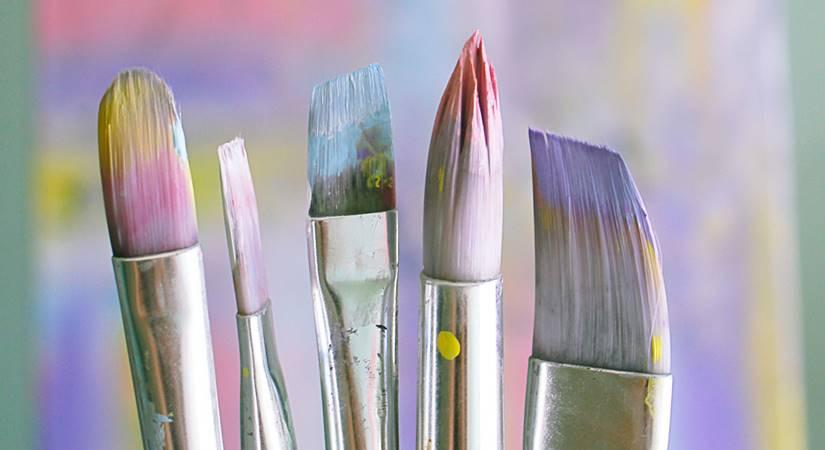Cover Story
Learning South Asian Art histories

The Museum of Art & Photography (MAP), Bengaluru is home to one of the most diverse and significant collections of Indian visual culture in the world
ByIANSlife
May 02, 2022 (IANSlife) The MAP Academy is a platform that endeavours to transform the way South Asia's artefacts are accessed, taught, and discussed—both regionally and globally. It includes the first Encyclopedia of Art from the Indian Subcontinent ever attempted—starting with over 2,000 articles and definitions and constantly growing—as well as an upcoming curriculum of online courses. It was created and maintained by over 40 researchers, editors, and academic advisors from around the world. These span pre-modern art, post-independence art, narrative and indigenous traditions, as well as popular culture, synthesising information on the region's over 10,000 years of history and presenting it in engaging ways for a diverse audience.
Responding to our cultural and political moment, as well as the ongoing global re-evaluation of what art means in contemporary society, the MAP Academy's work has included a new and more informed look at our shared regional histories — their injustices, conquests, triumphs, and lessons. It has also meant thinking more deeply about the power of online education as a way to reach those who may not always have access to centralised physical institutions. All of the resources available on our online platform are guided by the tenets of transparency, accountability, and editorial rigour, with a keen awareness of the fact that much of the SouthAsian public has skewed access to art historical information on the region, which has been dominated by political, commercial, and colonial biases.

With a key focus on non-hierarchical approaches to art forms — including geographic representation and diversity, gender inclusivity, and caste sensitivity — the knowledge we make accessible through the MAP Academy therefore has a clear social purpose. Written primarily by South Asian researchers, it makes a sincere effort to question canonical narratives and provide objective understandings of complex subjects to enable audiences to approach historical issues with greater nuance and sensitivity.
Inviting both the serious student and the curious reader, the platform focuses on the way theregionʼs next generation — one of the largest demographics in the world — engages with its cultural and artistic heritage. "As researchers and readers, weʼre too often constrained by both th biases of political agendas as well as the scarcity of resources," says Shrey Maurya, the project's managing editor. "The crucial histories surrounding art forms and their practice, which ought tobe accessible to all, are rarely introduced in school or university curriculums in the Indian subcontinent. Thishas resulted in students passing through the education system with little to no exposure to art and cultural heritage.

Through collaborations with a number of educators and academic institutions, the MAPAcademy intends to provide a resource to millions, enabling them to engage with the history of art in their own regions. Furthermore, the project launches at a time when there is also a appetite among diasporicpopulations to engage deeply with the region's culture and a desire on the part of Euro-American university programmes to include more from the global south within their curricula.
The MAP Academy's founder and director is Nathaniel Gaskell. Although entirely independent in its editorial and research focus, the MAP Academy is a project of the Museum of Art & Photography (MAP), Bengaluru, home to one of the most diverse and significant collections of Indian visual culture in the world, and named the highly anticipated new museum by both Smithsonian Magazine and Time Out. The MAP building, designed by the award-winning architects, Matthew and Ghosh, also opened this year.

Branch
,SheikhZainal-Din,1779,Opaquecoloursandinkonpaper.
CourtesyMinneapolisInstituteofArt.
(This article is website exclusive and cannot be reproduced without the permission of IANSlife)
IANSlife can be contacted at ianslife@ians.in


